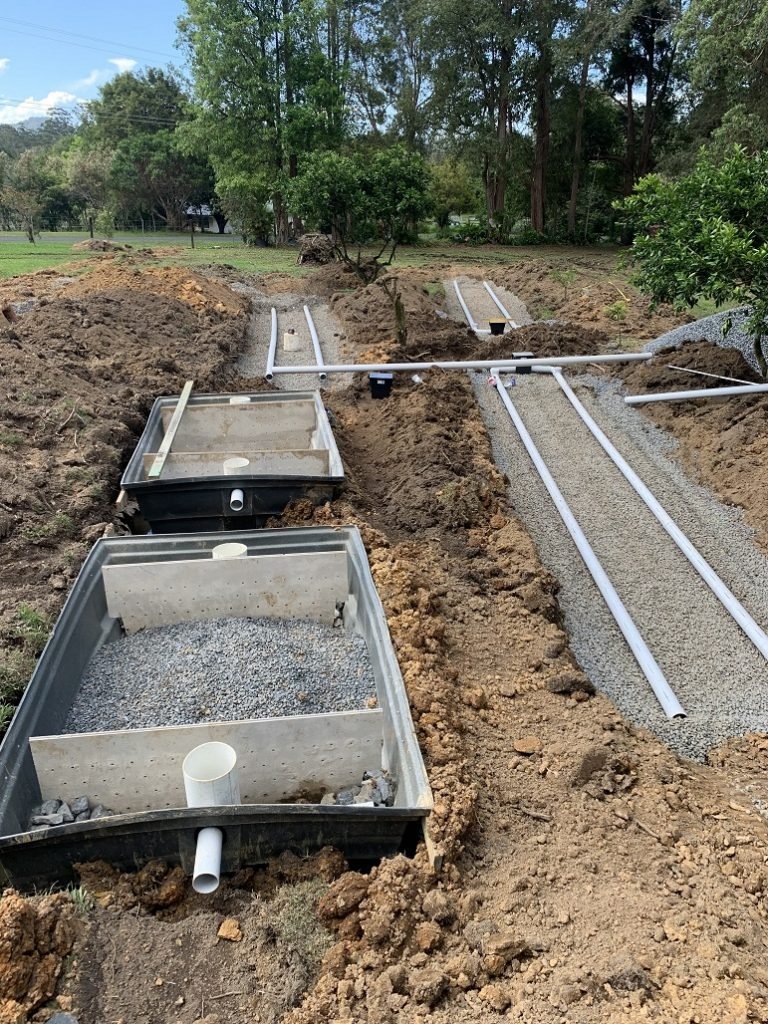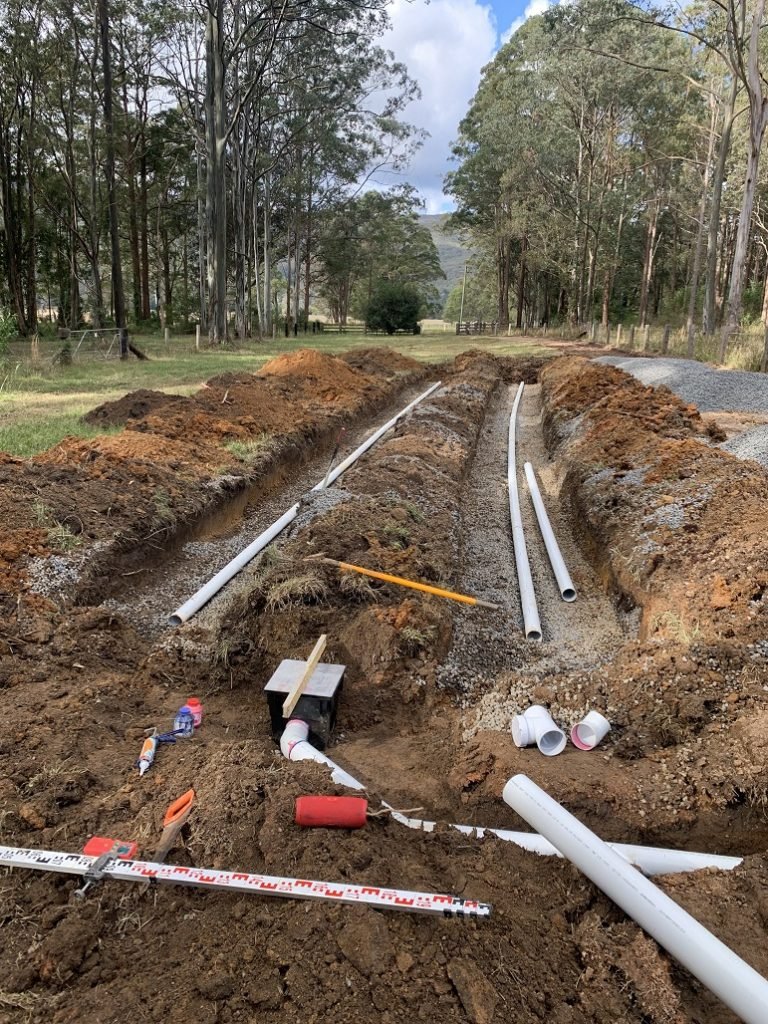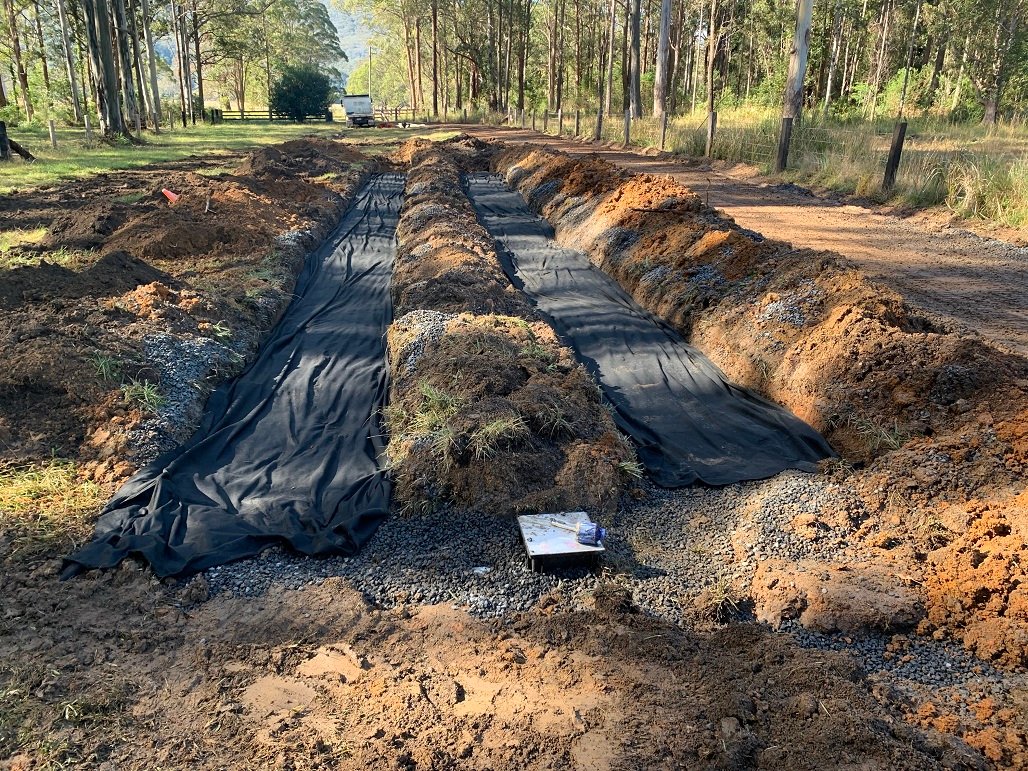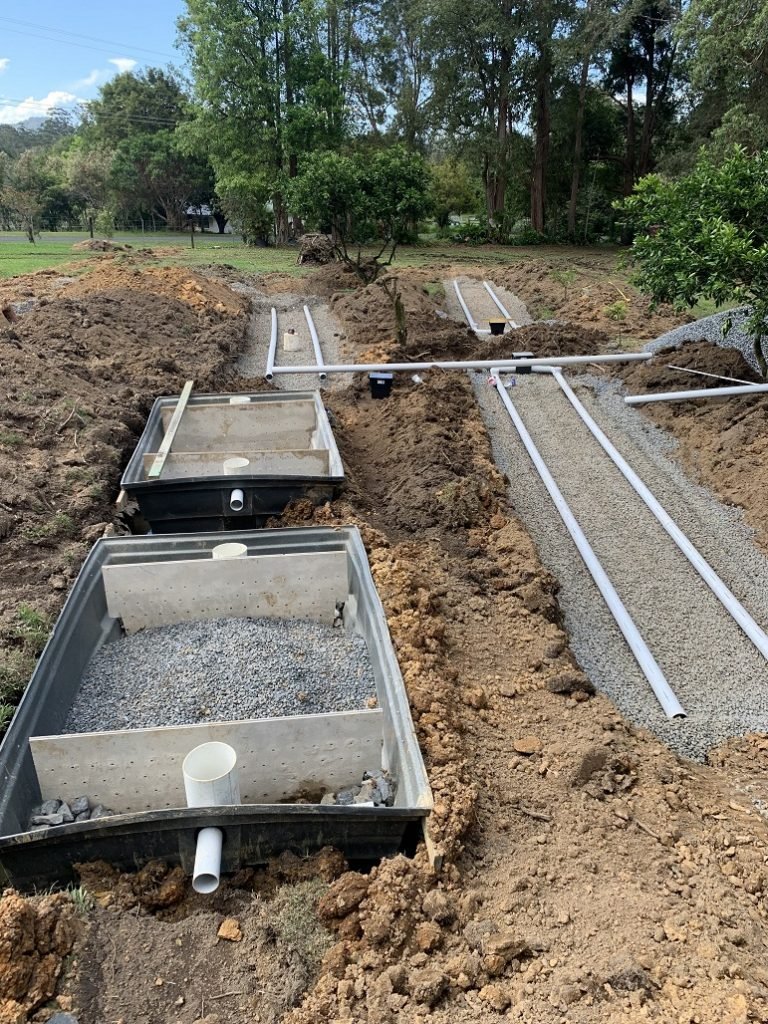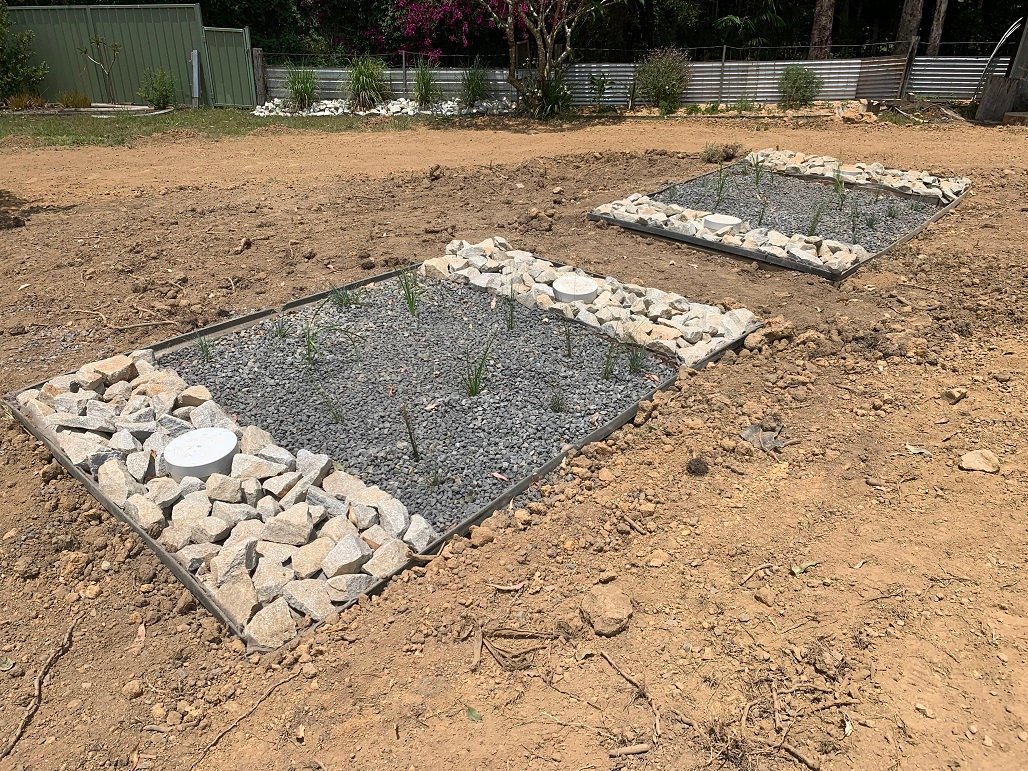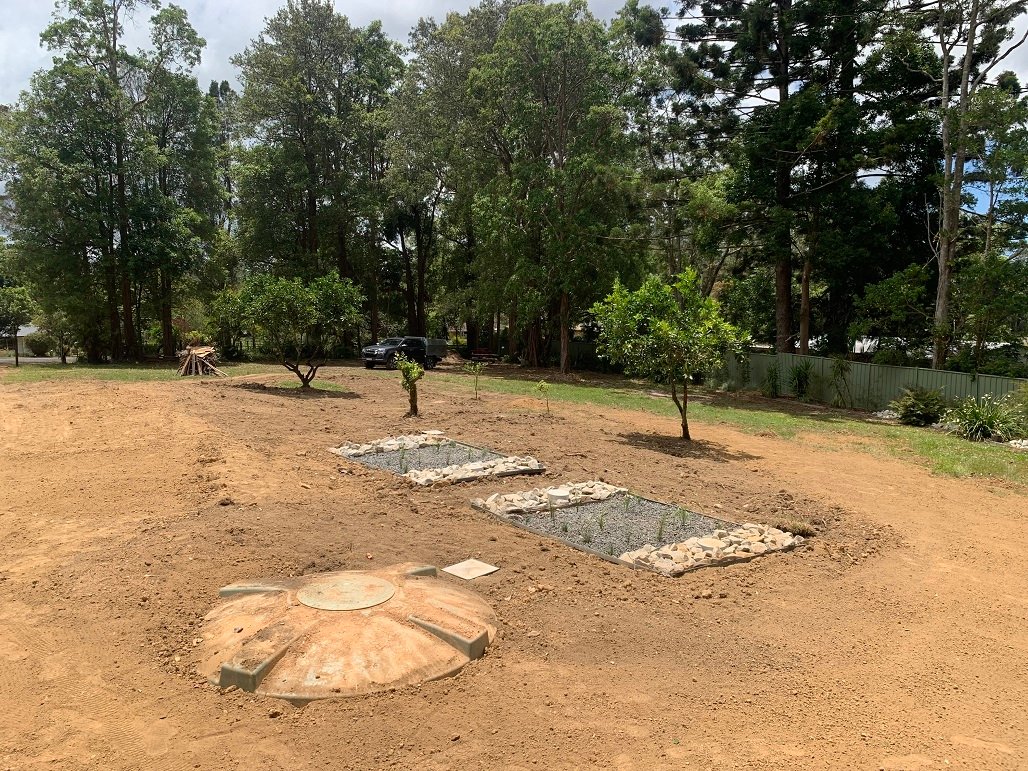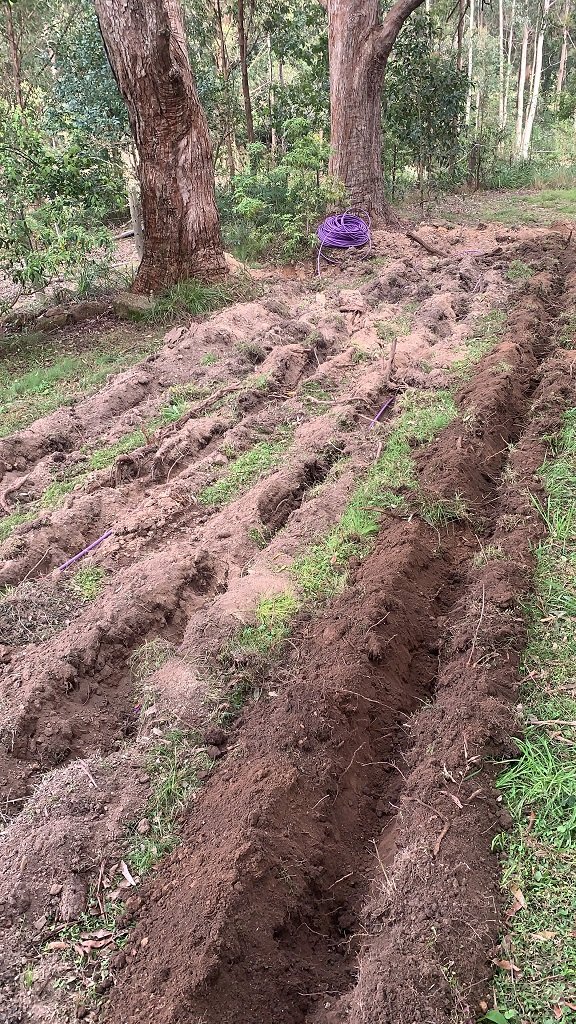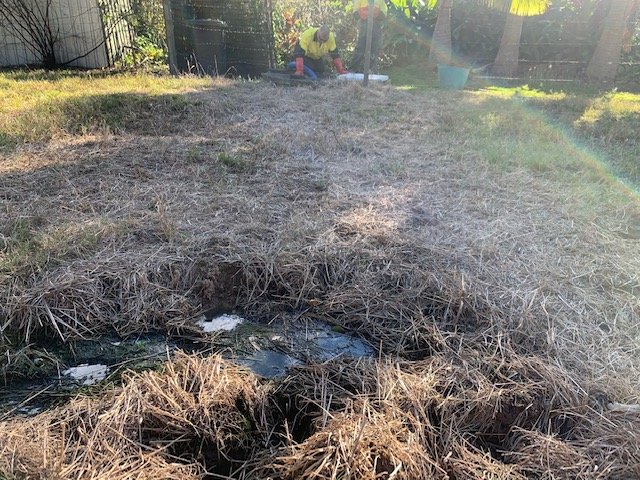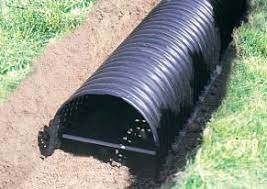What Type of Septic System Will I Need?
If You Have An Issue With Your Current Septic System Will You Be Forced by Council To Upgrade?
What Septic System Do I need? what is the difference between a septic tank and a septic system
This is not a copy and paste answer. Due to every property having a variety of layouts, proximity to neighbours, water courses, soils types and falls or grades in the land slope, not any one system can fit them all.
Back in the old days, yes one system did go in on every property but today with greater consideration for the environment a broad view is taken.
So with this in mind the site needs to be accessed by a Geo Engineer or consultant and an appropriate system can be designed.
With that said I like gravity always and will always debate with the consultant before plans go to the council if I feel the design is over the top. Not all consultants have the experience on the ground level to make the best calls. Some love promoting systems that cost you way to much money with ongoing service chargers and electrical costs.
OSSM or On-site sewage management Systems can be one or a combination of a few different septic principles.
View below for examples of the different systems and some are a combination of two different systems. Standard gravity feed septic system overflows to absorption trenches such as Evapotranspiration absorption beds.
Reed Bed Systems which can incorporate ETA's as well
AWTS or Aerated Wastewater Treatment System. These pump the water from the tank to the area allocated on the property. They can spray above the surface but are normally a subsurface dripper system. Therefore no airborne mist.
Standard Gravity Feed septic system
A standard gravity feed septic system is where the drainage from the house flows into the holding tank and from the septic tank it flows downwards to the absorption trenches lower down.
This type of system is the cheapest option in most cases but is not always allowed again as the soil in the local area is often clayish under the top layer of great soil. Therefore the absorption level is reduced. There is another Absorption system which I prefer in this area which is known as a ETA or Evapotranspiration absorption beds. Simply point they are closer to the surface of the grass and the heat beating down draws the water out of the absorption beds which can be over an area of about 300 sq metres. These ETA beds maximise water loss through evaporation and transpiration. Reed Bed Systems incorporate ETA's as well
Shannon's Quick Review:
Very quickly, I am a big fan for the customer to have a gravity feed septic system as you do not have to pay continual power costs for pumps and aerated blower systems. Nothing like gravity.
Gravity Feed Septic System with Absorption Trenches
What I love about the simple gravity feed septic absorption trenches system is that you do not need to pay for any electrical cost for pumps or aerating the septic tank as you would with a OSSM System(On-site sewage management system)
Not all properties though can have this simple absorption system. If you notice the images here, you can see that the slope is very gentle. This is important as the trench needs to be perfectly flat both width and length so the waste water does not just flow to one end and overflow onto the grass.
The soil here is a little clay based as well. This property is ideal for a ETA or Evaporative Septic System. The soil will not absorb the moisture to well so an evaporative system is shallower and the sun draws the moisture out during the day.
Standard Gravity Feed septic system
A standard gravity feed septic system is where the drainage from the house flows into the holding tank and from the septic tank it flows downwards to the absorption trenches lower down.
This type of system is the cheapest option in most cases but is not always allowed to be installed again as the soil in the local area is often clayish under the top layer of great soil. Therefore the absorption level is reduced. There is another Absorption system which I prefer in this area which is known as a ETA or Evapotranspiration absorption beds. Simply point they are closer to the surface of the grass and the heat beating down draws the water out of the absorption beds which can be over an area of about 300 sq metres. These ETA beds maximise water loss through evaporation and transpiration. Reed Bed Systems incorporate ETA's as well
Reed Beds Septic System with Absorption Trenches
Reed Beds are also a gravity system and an option that can be used especially if the proximity to the neighbours or other restrictions are too close.
The benefits of the reed bed septic system is that it not only allow for heat evaporation but they also allow the reeds or plants to utilize the waste water and breakdown the waste before it passes on to the absorption trenches.
This way the waste water is far cleaner then if the waste water overflow from the septic tank went directly into the absorption trenches.
What I love about the reed beds is that no power or maintenance is required. Yes it is good to monitor the reeds and trim them back in time, but no power is need which is great.
OSSM On-Site Sewage Management System
I would call these a AWTS or Aerated Wastewater Treatment System. They have multiple chambers inside the one or 2 tanks. Air get blown into one of the chambers to help breakdown the waste. The tank filters and traps the waste allowing cleaner waste water to pass to the last chamber where the water gets pumped out into the yard mainly just under the surface.
Notice the different circles or lids on the tank in the image. These are the different chambers below. The pump is in the box above.
These are excellent systems if your soil is rock, shale, clay and the slop is greater then 10 degrees or so.
The downside is that you need to have power to these septic systems as they run the air blower 24 hours a day and the pump only comes on when the water level in the last chamber rises.
They Also need to be serviced every 3 months at around $120 per service. Service requires the filters to be cleaned out and the system checked for efficiency.
What causes septic tanks to back up?
There are multiple reasons for a septic tank to back up or overflow.
1: The main reason could be too much rain and the ground is saturated and therefore the ground can not absorb the sewerage water and the sun is not out and evaporating the moisture either.
2: Over time the absorption trench gets filled with sewerage solid such as poo and toilet paper and grease fats because mainly the tank is not emptied regularly or on schedule. Therefore the tank starts to overflow and if there is not a septic outlet filter installed then the solids overflow and go into the absorption trenches an thus reducing the underground cavity or absorption area.
3: When septic tanks are not regularly emptied the Absorption trenches take solids and greasy water and this lines the trenches with what I would call a sealing or waterproofing coating which reduces the effectiveness or an absorption trench where a septic outlet filter is installed and regularly cleaned.
4: The older style absorption trenches are these big domes that create a large cavity under the ground which can hold large amounts or water and this slowing gets absorb by the ground over time. These can collapse cause the ground above to full into the trench allow little water to be held as it slowly gets absorb and therefore the water backs up into the septic tank and from the septic tank sometimes into or close to the house.
Why Does My Septic tank overflow near the house?
There are a couple of reasons for a septic tank to back up or overflow near to the house.
1: I would say from my experience it is because the septic tank is at a very similar level to the house itself. If the water level in the septic rises the water level in the drainage system will also rise or back up. As water finds it's own level this can easily push back to right up to the house.
2: There should always be a overflow relief gully or a open drain water a water seal or trap in the bottom right near to the house and this needs to be a minimum of 150mm below the floor level of the house or bathrooms. This way when the drains block or backup the overflow does not flow out of the gully or floor drain in your bathroom.
What is a Septic Tank Adsorption Trench?
Absorption Trench: This is an open cavity trench that are about 600mm under the surface and can be 10 or so metres in length. These are called adsorption trenches. Usually, 2 or 3 trenches all feeding from the diverter box or other names are splitter box. These trenches allow the water to disperse over a large area all under the surface, but if they have collapsed, they block the water from draining away.
This leaves the wastewater flowing from the septic tank only a very limited area to drain too and therefore the ground becomes saturated and cannot be evaporated fast enough.
The way a properly working adsorption trench system works is that the heat on the ground draws the moisture up from the large wet area underneath. The larger the trench area the greater the evaporation can occur. The reverse is also true.
Important Note:
The septic system and the trenches should never be near bore water source. The Bore water tables can be within 3 metres below the surface. The NSW Regulations on this is that a Bore and Septic tanks need to be 100 metres apart.
https://www.waternsw.com.au/__data/assets/pdf_file/0003/58251/Designing-and-Installing-On-Site-Wastewater-Systems-WaterNSW-CRP-2019.pdf
Pages 22-24
Adsorption Trench Collapsed. Try to see the dipping in the soil
Please note the dips in the ground levels if possible. This seems to indicate the adsorption trenching position an also the collapsed nature of the trench. As a side point, it is always not recommended to have cattle walking over the trenching as the soil coverage above the trenching is quite shallow and damp in nature. The castles weight and skinny legs have a tendency to push down and through the trenching or forcing it to fold in on itself over time. Refer to the image of the plastic half moon used on septic trenching above.
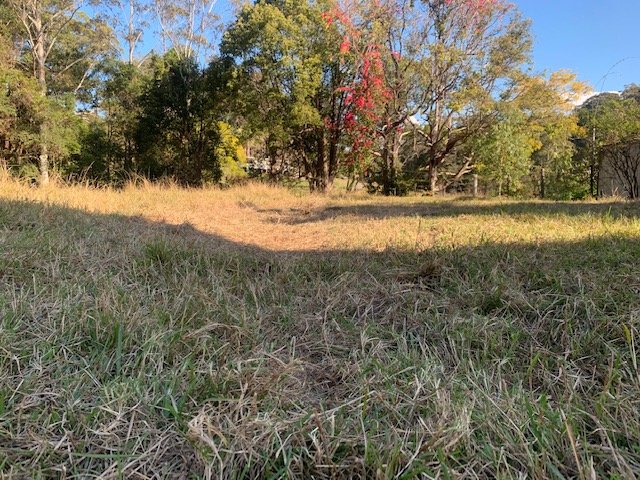
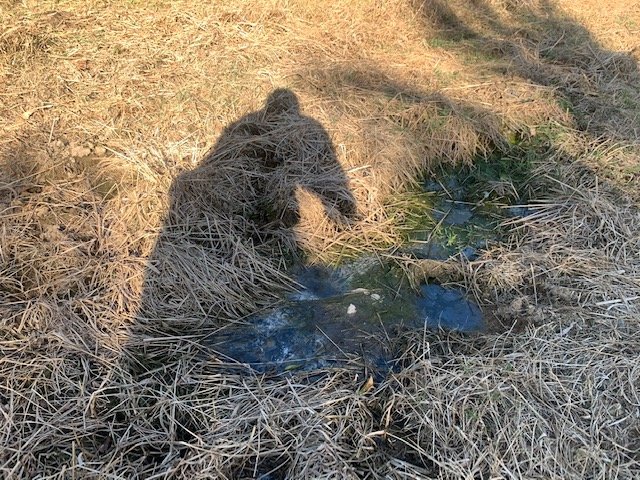
Water Coming out of the ground. It may be important not to have the cows walk on top of the trenches due to the wet soft soil conditions.
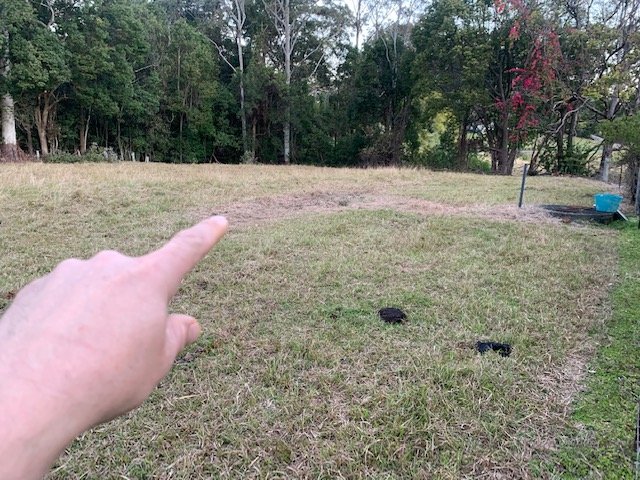
Important Note:
The septic system and the trenches should never be near bore water source. The Bore water tables can be within 3 metres below the surface. The NSW Regulations on this is that a Bore and Septic tanks need to be 100 metres apart.
https://www.waternsw.com.au/__data/assets/pdf_file/0003/58251/Designing-and-Installing-On-Site-Wastewater-Systems-WaterNSW-CRP-2019.pdf
Pages 22-24

